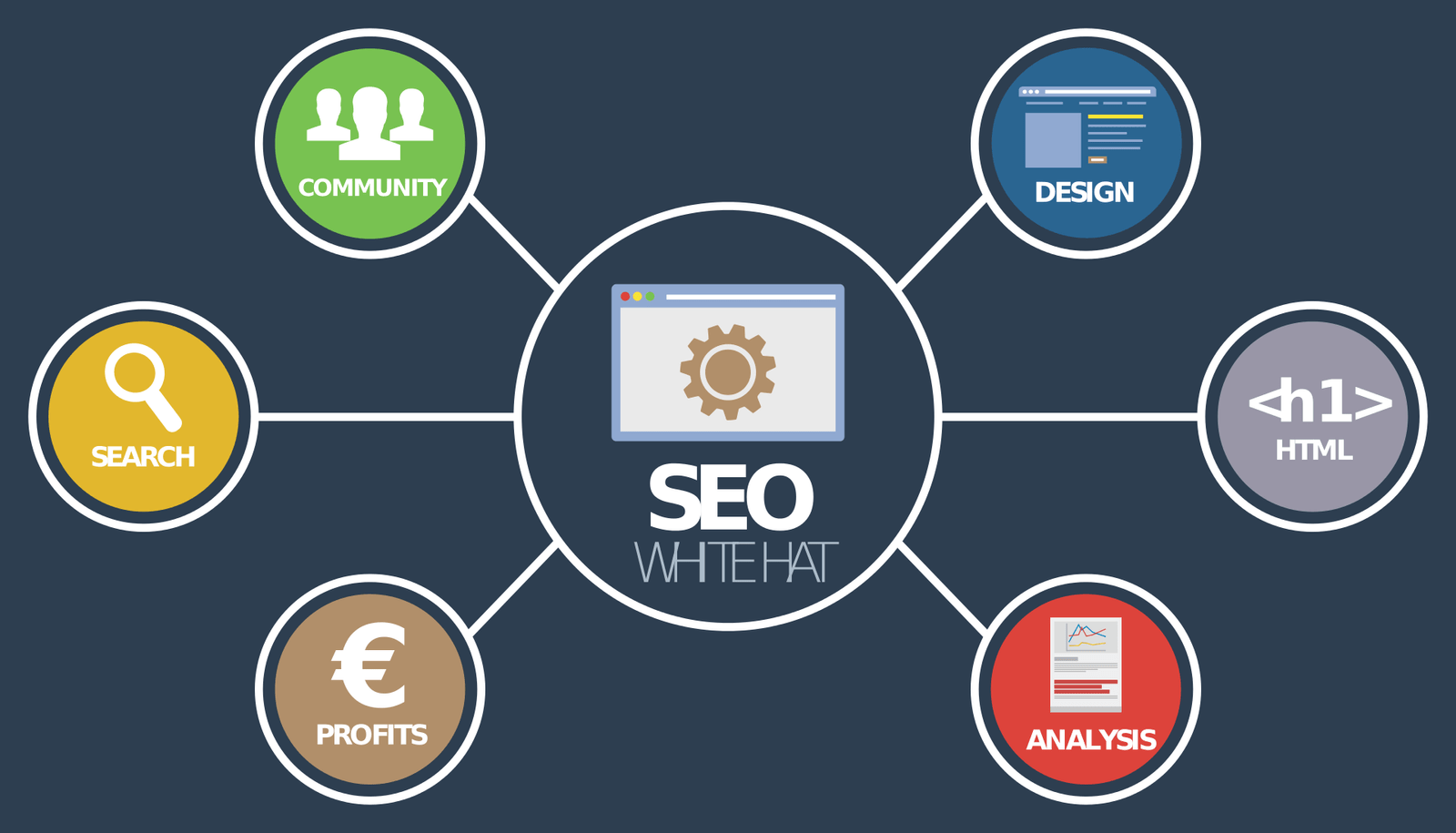On-page SEO (also known as on-site SEO) refers to the practice of optimizing individual web pages to rank higher in search engines and attract more relevant traffic. It involves improving both the content and the HTML source code of a page.
🔍 Why is On-Page SEO Important?
Search engines like Google use various on-page factors to understand what your page is about and how useful it is for users. When your pages are properly optimized, they are more likely to rank higher, get more clicks, and improve overall user experience.
📌 Key Elements of On-Page SEO:
1. Title Tags
- Your page title should include the main keyword
- Keep it clear, concise, and under 60 characters
2. Meta Descriptions
- A short summary of the page (under 160 characters)
- Helps increase click-through rates (CTR)
3. Headings (H1, H2, H3…)
- Use headings to structure your content for readers and search engines
- Include keywords naturally in H1 and H2 tags
4. URL Structure
- Keep URLs short, readable, and keyword-rich Example:
yourdomain.com/on-page-seo-guide
5. High-Quality Content
- Content should be unique, useful, and relevant to the keyword
- Include visuals like images and videos
- Use internal and external links to enhance credibility
6. Image Optimization
- Use descriptive file names and alt tags
- Compress images for faster loading
7. Keyword Placement
- Use your target keyword in the first 100 words
- Naturally include it in subheadings and body text
- Avoid keyword stuffing
8. Mobile-Friendly Design
- Make sure your site is responsive and loads properly on all devices
9. Page Speed
- A fast-loading website improves SEO and user satisfaction
- Use tools like Google PageSpeed Insights to test performance
🧠 Final Thoughts:
On-page SEO is one of the most controllable aspects of search engine optimization. By focusing on the structure, content, and technical elements of your web pages, you increase your chances of ranking well and attracting the right audience.

